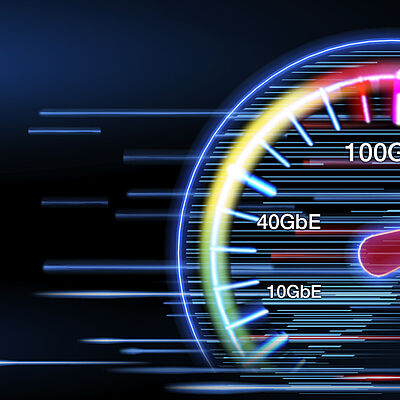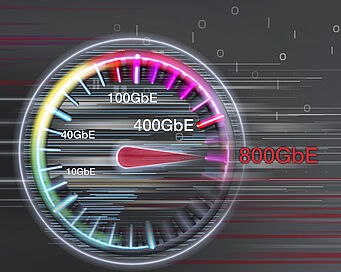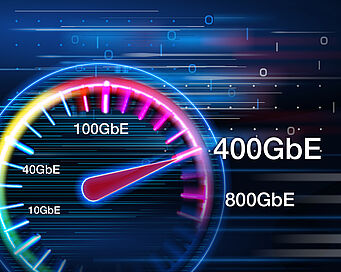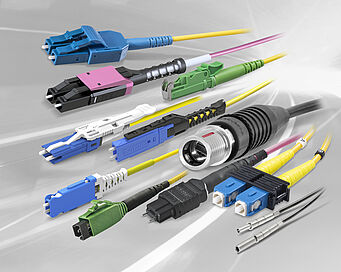This is what the optimal data center looks like
Data centers are the backbone of the digital transformation. In order to promote innovation, a modern data center infrastructure is needed that is reflected in all areas - from power supply to racks and cabling. Above all, the issue of sustainability is once again becoming a priority for many operators.
Within the last decade, the need for computing power has increased tenfold with progressive digitization. At the same time, the energy requirement per gigabit in data centers is now twelve times lower than ten years ago. A study by the Borderstep Institute and eco - Association of the Internet Industry - also comes to the conclusion that a 30 percent reduction in CO2 emissions from data centers can be expected by 2030. The basis for this development is virtualization, better climate and waste heat concepts as well as more energy-saving technologies. To ensure that data centers are optimally positioned today and in the future, modern approaches must be incorporated in practically all core areas.






